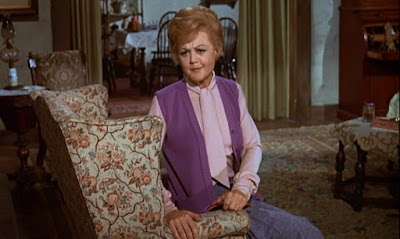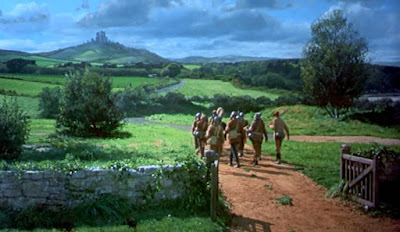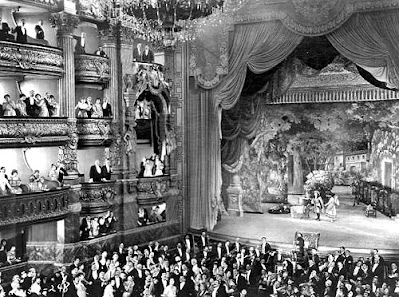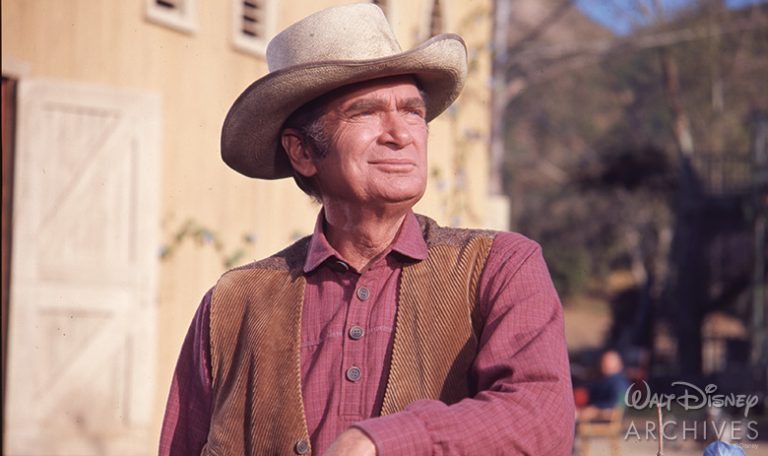"Is it Whitewood you seek?"
A tall distinguished-looking man asks this of Nan Barlow ( Venetia Stevenson ) when she comes to a crossroads one dark, foggy evening searching for an old village. It is indeed Whitewood that Nan seeks. After hearing her college professor Alan Driscoll ( Christopher Lee ) tell her tales of the witchcraft that took place in the 17th-century Massachusetts village, she decides to spend a week at the legendary Raven's Inn in Whitewood.
This old and rotting inn was the site where Elizabeth Selwyn was burned at the stake for being a witch, way back in 1692. There is even a plaque on the wall to inform visitors about the historical significance of the inn. When Nan arrives, the town and the inn, appear to be deserted.
The innkeeper, Mrs. Newless ( Patricia Jessel ), attempts to turn Nan away claiming that there are no rooms available...until Nan mentions that Professor Driscoll sent her. Mrs. Newless gladly gives her a room then because this misguided young woman is clearly intended to be the next sacrificial victim for the witches.
Patricia Russell ( Betta St. John ), the daughter of Reverend Russell, the sole minister in the town of Whitewood, has her suspicions about the evil lurking within Raven's Inn but she doesn't realize the danger that she herself is in until Nan disappears one evening. It is not until Nan's brother Richard ( Dennis Lotis ) and her boyfriend Bill ( Tom Naylor ) come to visit Whitewood in search of her that the centuries-old coven of witches is finally destroyed.
"We'll be waiting for you!"
City of the Dead was a British production, yet it perfectly captured the atmosphere of New England with its legends of witchcraft. It was a budget horror film that did poorly at the box office when it was first released. The film did a little better in ticket sales when it was retitled Horror Hotel for its U.S. release a year later but has only recently gained the recognition it deserves because it really is a very chilling film and a well-made production, too.
John Llewellyn Moxey, an Argentinian director, was making his directorial debut and he did a splendid job of packing in a lot of story and action in such a short runtime ( 76 minutes ).....not to mention a lot of fog! Moxey later devoted his time to television work and directed numerous episodes of shows such as The Saint, The Baron, Hawaii 5-0, Mission Impossible, Charlie's Angels, and Murder, She Wrote.









































